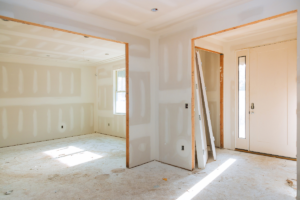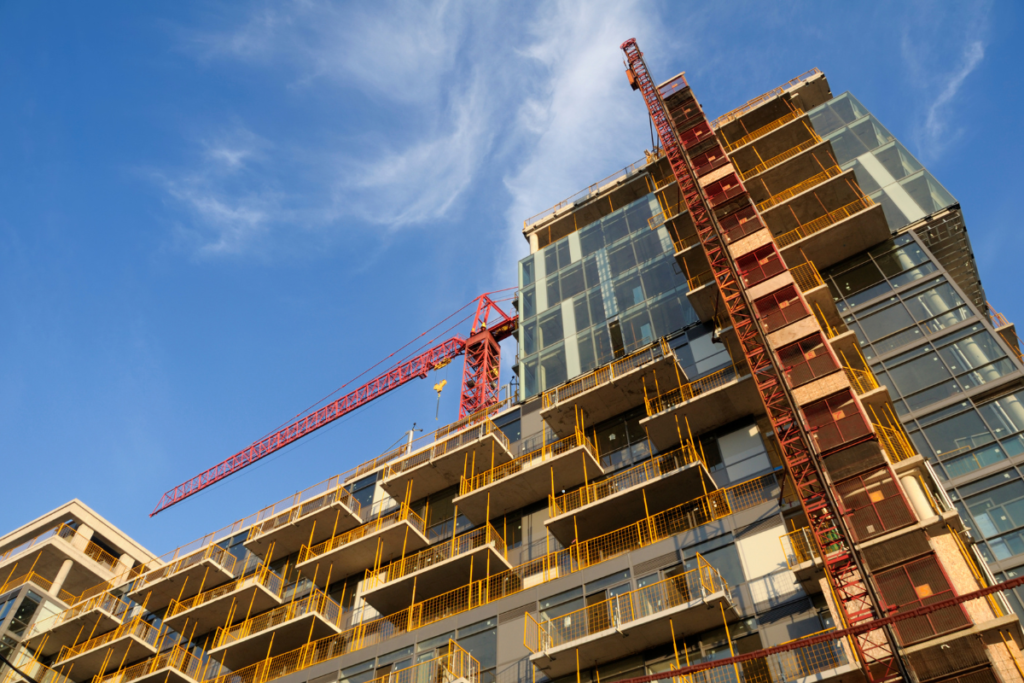 Introduction to Pre-construction Finishes Specialities Cost Estimation:
Introduction to Pre-construction Finishes Specialities Cost Estimation:
In the construction industry, proper cost estimation is essential to ensure the financial success of any project. This is particularly true when it comes to pre-construction finishes specialities cost estimation. Pre-construction finishes not only elevate the aesthetic appeal of a building but also significantly impact its functionality, durability, and overall value. Without accurate estimation in this phase, projects run the risk of overshooting their budget, leading to potential delays, compromises in quality, or even project failure.
In this article, we will break down the key factors to consider during pre-construction finishes specialities cost estimation, why it’s crucial for successful project management, and how it can help prevent costly mistakes down the line.
Understanding Pre-Construction Finishes Specialities
Pre-construction finishes specialities refer to the final layer of construction that is added to enhance the look and functionality of a structure. These finishes include flooring, wall coverings, ceilings, paints, cabinetry, and speciality elements like custom woodwork or ornamental metalwork. The goal is to achieve the desired design while meeting structural and functional requirements.
Cost estimation at this stage requires a keen eye for detail, comprehensive knowledge of materials, labor costs, and market conditions, and a clear understanding of the project’s overall scope and budget. Failure to estimate these costs accurately can lead to budget overruns, strained timelines, and dissatisfied clients.
Factors That Impact Pre-Construction Finishes Specialities Cost Estimation
- Material Selection
The choice of materials plays a significant role in determining the overall cost of pre-construction finishes specialities. Luxury materials such as marble, hardwood, and high-end fixtures come at a premium, while more budget-friendly options like laminate, vinyl, or ceramic tiles can offer considerable savings. The specific project requirements will dictate the type of materials that are appropriate. It’s essential to strike a balance between aesthetic appeal and durability to ensure long-term satisfaction. - Labor Costs
Labor is another substantial component of pre-construction finishes specialities cost estimation. Skilled labor, especially for speciality finishes such as custom carpentry, artistic tile work, or intricate lighting installation, demands higher wages. Unskilled or general labor is less expensive but may not provide the level of detail required for specific high-end finishes. Ensuring that the right professionals are hired for each aspect of the job is critical for maintaining both budget and quality. - Customization and Design Complexity
Custom finishes are often more expensive because they require detailed planning, specialized materials, and highly skilled labor. Complex designs that require custom-built cabinetry, bespoke millwork, or intricate tile patterns increase both material and labor costs. Pre-construction finishes specialities cost estimation must account for these nuances to avoid underbudgeting. - Location of the Project
The geographical location of a project can have a dramatic effect on costs. Construction in urban areas or locations with high cost of living will naturally incur higher labor and material expenses compared to rural or less populated regions. Additionally, the availability of local materials versus the need for imported speciality products can drive up costs. - Supplier and Market Fluctuations
The cost of construction materials is subject to change due to market conditions, economic factors, and supplier availability. Pre-construction finishes specialities cost estimation should include a buffer to accommodate any fluctuations in the price of raw materials such as steel, wood, paint, and other critical components. It’s vital to establish relationships with reliable suppliers to ensure timely delivery and consistent pricing. - Environmental and Sustainability Considerations
Modern construction projects often prioritize sustainability. While Eco-friendly finishes such as reclaimed wood, bamboo flooring, or low-VOC paints are excellent for minimizing environmental impact, they can also come with higher price tags. Balancing sustainability with cost is a crucial aspect of pre-construction finishes specialities cost estimation.
Why Accurate Pre-Construction Finishes Specialities Cost Estimation is Crucial
Accurate cost estimation in the pre-construction finishes specialities phase is not just about sticking to a budget; it’s about ensuring that the project stays on course from start to finish. By having a well-thought-out estimate, stakeholders can avoid:
- Project Delays: If the finishes are not ordered on time or if their installation takes longer than anticipated due to labor shortages or design complexity, project timelines can stretch out.
- Budget Overruns: A miscalculation in finishes costs can blow the entire project budget, requiring cuts in other areas, which can reduce the overall quality of the building.
- Compromised Quality: When budgets are tight, the temptation is often to cut corners, but this can lead to poor-quality finishes that detract from the final product.
- Dissatisfied Clients: At the end of the day, clients expect a building that is both beautiful and functional. Failing to deliver on expectations due to poor cost estimation can damage your reputation and lead to lost business.
Best Practices for Pre-Construction Finishes Specialities Cost Estimation
- Detailed Breakdown
Always ensure that you have a clear, line-by-line breakdown of each finish speciality. Grouping finishes into categories—flooring, walls, ceilings, and custom installations—can help provide a clearer picture of where the costs are coming from. - Contingency Planning
No matter how accurate the estimation, unforeseen expenses often arise. It’s advisable to include a contingency fund of around 5-10% of the total finishes budget. This buffer can absorb unexpected costs without derailing the project. - Regular Updates and Reviews
Cost estimates are not static documents. They should be regularly reviewed and updated as the project progresses. Any changes in material availability, labor costs, or design specifications should be immediately reflected in the cost estimation. - Consult with Experts
Bringing in experienced finishers, suppliers, and cost estimators can help prevent errors in the early planning stages. Their expertise can offer valuable insights into material choices, labor requirements, and potential savings.
Pre-construction finishes specialities cost estimation is a vital component of any successful construction project. The ability to accurately forecast costs related to materials, labor, customization, and market conditions ensures that projects are completed on time, within budget, and to the highest standards of quality. For construction professionals, a meticulous and proactive approach to this aspect of project planning can save significant resources and lead to more satisfied clients.
Are you looking for the best estimating services in USA?
Look no further than “https://zionestimating.com”
They are offering top-notch services like;
- Construction/cost estimation
- Budget planning
- Material takeoff
- Equipment estimation
and further more!!!
Here are some more information for your convenience:
Phone no. : +1 718-427-9941 || +1 562-383-6177
Email:[email protected]
Visit their blogs and site
https://zionestimating.com for the latest updates and service tips!
